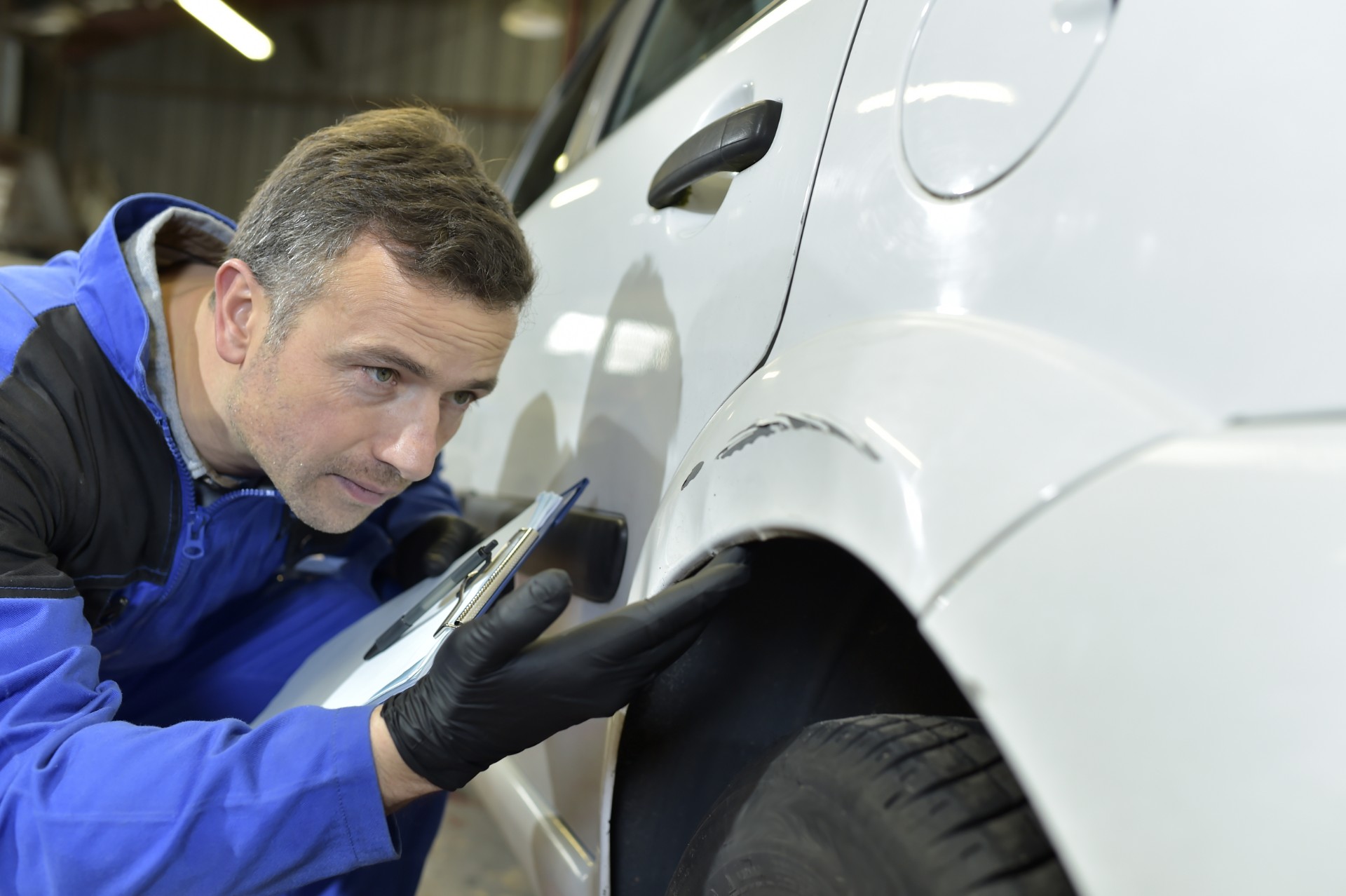The elevated car. This position of the car will allow you to once again make sure that there is a jack and a factory set of necessary tools and the points of attachment of the jack on the body are in good condition.
Hang out the drive wheel. Turn off the parking brake and turn on the gear. The wheel’s forward and backward movements will be limited, the distance between the two extreme positions should be small, and the click should not be listened to.
Hang out the driven wheel.
Placing one hand on top and the other on the bottom, swing the wheel away from and towards yourself. The wheel should not swing. Otherwise, it means that the wrist pin and wheel bearings are worn out.
Put the car on the lift. You can be happy if the structural elements of the car are not bent and not covered with corrosion, if the wings and the bottom of the body itself are not “lace”.

When observing the car, make sure that the shock absorbers do not have fluid leaks:
- thereare no wet spots in the connections of the torsion pipes and brakes; the hand (parking) brake cables are well lubricated, the cable shells are in good condition;
- the suspension levers are not bent (pay attention to their attachment to the body; sometimes a slightly bent longitudinal beam is not straightened, and the suspension lever is leveled with gaskets and washers);
- there is no oil leak in the gearbox and the bridge, and the rubber casing of the driveshaft has no cracks and breaks and is in good condition.
Road test. The recommended inspections have been carried out, and road tests can begin. Get into the car and drive out on the road at a fairly high speed.
Attention! Don’t forget to fasten your seat belts!
Slow down at a speed of 50 km / h: it will become clear whether you can drive fast and stop. Check whether all the control and measuring devices work well while the car is moving. If the road situation allows, release the steering wheel. At a constant speed, the car will move straight or, if the road is somewhat convex, slightly in the direction of the slope.
Accelerate the car to a speed of 40-50 km / h and sharply press the gas pedal. The occurrence of ringing knocks in the engine indicates the correct installation of the ignition. On a slight slope of the road, stop the engine, then start it, increasing the speed of the crankshaft. If there is a knock, then this is a sure sign of increased wear of the transmission.
